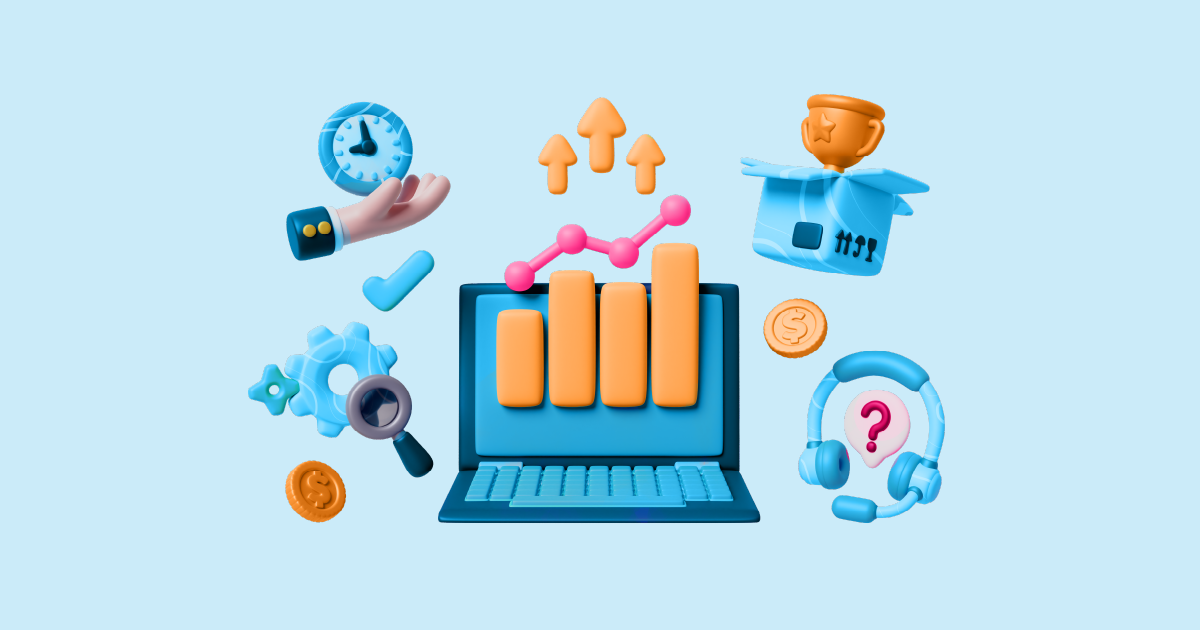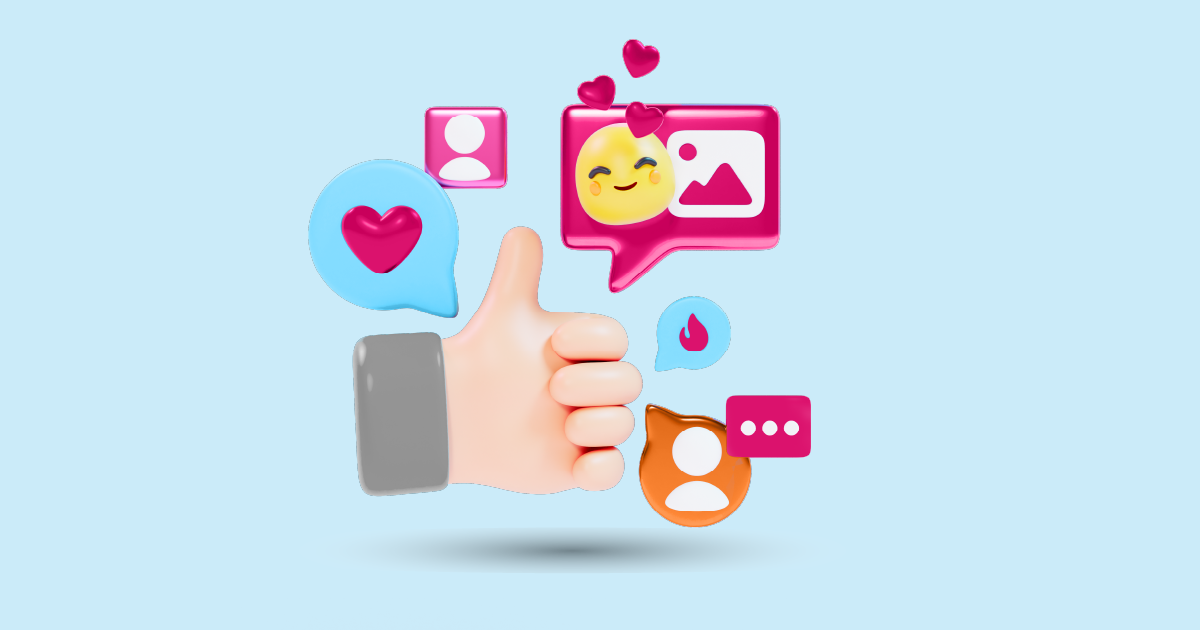Brand monitoring is a critical component for businesses that want to stay ahead of the competition and foster long-lasting relationships with customers. Understanding how to track and manage your brand’s reputation can make or break a company’s public perception and market presence. In this article, we’ll dive deep into what brand monitoring is, why it matters, and how to implement it for your business. From monitoring customer feedback to tracking social media mentions, we’ll cover every aspect of brand monitoring and show you how it can be used to improve your brand strategy.
What is Brand Monitoring?

Brand monitoring is the process of tracking and analyzing the public perception of a brand. It involves tracking conversations, mentions, reviews, and other forms of public feedback to assess how the brand is being perceived by consumers, competitors, and the general public.
By constantly monitoring your brand, you can gain insights into the strengths and weaknesses of your business, identify opportunities for improvement, and protect your reputation in case of a crisis.
Why is Brand Monitoring Important?
1. Boosting Customer Trust
Brand listening helps businesses engage with customers and build trust by addressing concerns in real-time. By keeping track of customer feedback and responding promptly, you show that your brand values transparency and customer satisfaction.
2. Gaining Competitive Advantage
When you monitor your brand, you’re also keeping tabs on your competitors. This information allows you to spot gaps in the market, identify trends, and adjust your marketing strategy accordingly, keeping you ahead of the competition.
Key Elements
1. Tracking Social Media Mentions
Social media is one of the most effective ways to track how your brand is being discussed online. By using social media monitoring tools, you can easily spot mentions of your brand across platforms like Twitter, Instagram, and Facebook.
2. Monitoring Customer Reviews and Feedback
Customer reviews, whether on Google, Yelp, or other review platforms, provide invaluable insights into your brand’s strengths and weaknesses. Monitoring these reviews lets you address negative feedback and take action to improve your services or products.
3. Keeping an Eye on Brand Sentiment
Brand sentiment analysis is crucial in understanding whether the public’s view of your brand is positive, negative, or neutral. This can be done using AI-powered sentiment analysis tools that track keywords and phrases used in online discussions.
Brand Monitoring Tools
1. Free vs. Paid Brand Monitoring Tools
When selecting tools for brand listening, there are both free and paid options available. Free tools provide basic monitoring, but paid tools offer more advanced features such as sentiment analysis, in-depth reports, and real-time tracking.
2. Top Brand Monitoring Tools in the Market
| Tool | Features | |
|---|---|---|
| Google Alerts | Track mentions across the web, customizable alerts | |
| AIM Insights | Social media monitoring, sentiment analysis, and real-time alerts | |
| Hootsuite | Social media scheduling and monitoring, analytics | |
| Mention | Real-time monitoring, competitive analysis, and reporting |
Steps to Implement Brand Monitoring in Your Business
1. Set Clear Objectives
Before starting, define what you hope to achieve with brand listening. Whether it’s improving customer service, enhancing product offerings, or tracking competition, clear goals will guide your efforts.
2. Identify Key Metrics to Track
Key metrics include:
- Social media mentions
- Sentiment scores
- Website traffic from brand-related search terms
- Online reviews and ratings
3. Choose the Right Monitoring Tools
Select tools based on your goals, budget, and the platforms you want to monitor. Combine free and paid tools to balance cost with comprehensive monitoring.
4. Set Up Alerts and Notifications
Configure alerts to notify you of any brand mentions. This allows you to respond quickly to feedback or negative mentions.
5. Regularly Analyze Data
Regular data analysis helps identify trends and patterns, which can be used to optimize your marketing efforts and customer engagement strategies.
Brand Monitoring and Crisis Management
1. How Brand Monitoring Helps During a Crisis
In times of crisis, such as a product recall or PR scandal, brand listening helps track public response, identify key concerns, and develop an effective strategy for mitigating damage to your reputation.
2. Real-Time Response for Better Management
Monitoring your brand in real-time ensures you can act fast, addressing negative feedback or misinformation before it spreads.
Best Practices
1. Be Proactive, Not Reactive
Rather than waiting for a crisis to arise, actively monitor brand mentions to spot potential issues early.
2. Stay Consistent Across Platforms
Maintain a consistent voice and message across all platforms, ensuring your brand’s identity is unified, whether it’s through social media, blogs, or review sites.
3. Measure and Evaluate Your Efforts
Periodically assess the effectiveness of your brand listening strategy by measuring the impact of your efforts on customer satisfaction and business performance.
Common Mistakes
- Not Setting Clear Objectives: Without clear goals, brand listening can become unfocused and ineffective.
- Ignoring Negative Feedback: Failing to address negative comments can damage your brand’s reputation.
- Not Using the Right Tools: Using inadequate tools may result in missed opportunities or incomplete data.
How Brand Monitoring Enhances Your Marketing Strategy
1. Aligning with Consumer Preferences
By monitoring customer discussions, you can gain insights into what your audience values, helping you refine your marketing messages and product offerings.
2. Refining Marketing Campaigns
Brand listening lets you analyze which campaigns are getting the most attention and positive feedback, allowing you to refine your approach.
Brand Monitoring vs. Reputation Management
1. Key Differences
While both involve tracking brand perceptions, reputation management focuses on maintaining and improving your brand’s public image, whereas brand monitoring is about collecting data for analysis.
2. When to Use Each
- Use brand monitoring to collect data, track mentions, and measure sentiment.
- Use reputation management when you need to respond to negative feedback or resolve public relations issues.
Case Study: How a Leading Consumer Electronics Company Leveraged Brand Monitoring to Strengthen Customer Trust and Market Position
In this digital competitive age, a company in the electronics industry was facing some challenges in maintaining its brand presence. With the growing competition in the market, the company needed to keep its reputation positive. Also, having the customers’ feedback across the different channels makes them realize the need for monitoring. To be able to track the different conversations about the brand and react to them faster.
Challenges Faced
- High Volume of Mentions: The company was receiving thousands of mentions across the different channels. This included social media, forums, blogs, and review sites. Analyzing all these mentions and extracting meaningful insights without a tool was overwhelming.
- Mixed Customer Feedback: Some products were receiving negative feedback, while others were receiving positive feedback. These negative feedbacks were about different topics, including product issues, delays, or service gaps. Unaddressed, this negative feedback was affecting the overall brand sentiment.
- Slow Response Times: With many messages and requests from customers, responding to all of them takes more time. Which leads to threatening the customer’s trust in the brand.
- Competitive Pressure: Other brands were introducing new features to their products, which matched the customer’s expectations. Without having competitive intelligence, the company struggled to cope with the new industry trends and the customers’ expectations.
Brand Monitoring Strategy Implemented
-
Defining Clear Goals
The company started by setting clear, measurable goals. This included enhancing customer engagement, reducing negative sentiment, and improving product development. All these objectives depended on having customers’ insights.
-
Selecting Comprehensive Tools
The company was considering a brand monitoring tool that was able to provide real-time social media tracking and sentiment analysis. In addition, a competitive tracking and alert system to help in wider coverage.
-
Centralizing Data Collection
All the brand mentions from different sources and platforms were collected in a centralized dashboard. Enabling the marketing team and the customer support to take an overview of what the customers are saying.
-
Real-Time Alerts and Response Protocol
Alerts were set up for the spicks in the negative sentiment or the huge issues related to the brand name. So the company established a team to respond immediately to the customers and work on engaging with them.
-
Competitor Monitoring and Market Insights
The brand was able to track the competitor’s performance and campaigns, too. To be able to analyze the customer’s reactions to the competitors and the new market trends that occur.
Outcomes and Impact
- Significant Reduction in Response Time
By applying a real-time alert system and tracking the customer’s conversation, the brand was able to reduce the time by 60%. Leading to an increase in the customer’s loyalty and improving their satisfaction.
- Enhanced Product Development
The product team used the customer feedback from the brand monitoring to be able to enhance products and their features. Which leads to better quality products, and an increase in positive sentiment.
- Improved Brand Sentiment
The overall positive sentiment increased by 30% within six months. By depending on the AI tool to address the negative sentiment before it escalates.
Conclusion
Brand monitoring is an essential practice for businesses looking to stay connected with their audience, respond to customer feedback, and maintain a strong market presence. By keeping track of online discussions and feedback, businesses can improve customer loyalty, identify areas for growth, and stay ahead of the competition.
Want to take your brand monitoring to the next level? Request a demo from AIM Technologies today to explore how our cutting-edge tools can help you track and manage your brand’s online presence with precision. Enhance your strategies and protect your reputation in real time.
FAQs
1. How often should I monitor my brand?
- Brand listening should be done regularly, ideally on a daily or weekly basis, to stay updated on customer feedback and emerging trends.
2. Can brand listening tools track competitor mentions?
- Yes, many brand listening tools allow you to track competitors’ mentions, providing valuable insights for competitive analysis.
3. Is brand monitoring only for large businesses?
- No, brand monitoring is valuable for businesses of all sizes, helping even small businesses stay in tune with their customers and competition.
4. What’s the difference between brand monitoring and social listening?
- Brand listening focuses specifically on tracking mentions of your brand, while social listening involves analyzing broader conversations around topics related to your industry.
5. Can I automate brand listening?
- Yes, many tools offer automated alerts and reports, saving you time and ensuring you never miss a critical mention.




